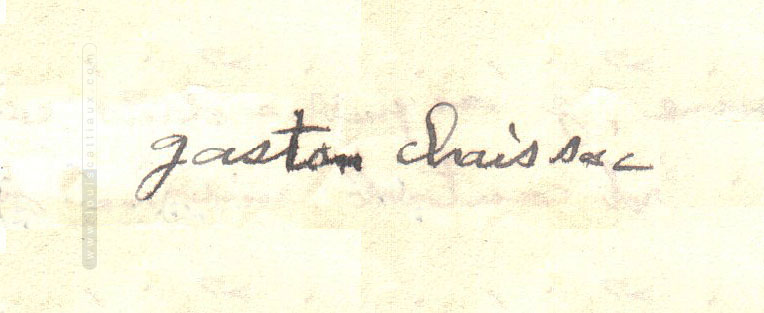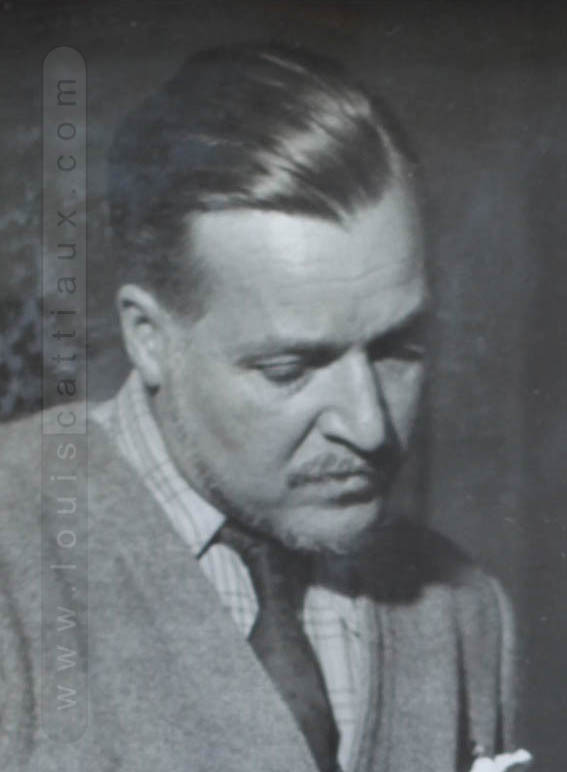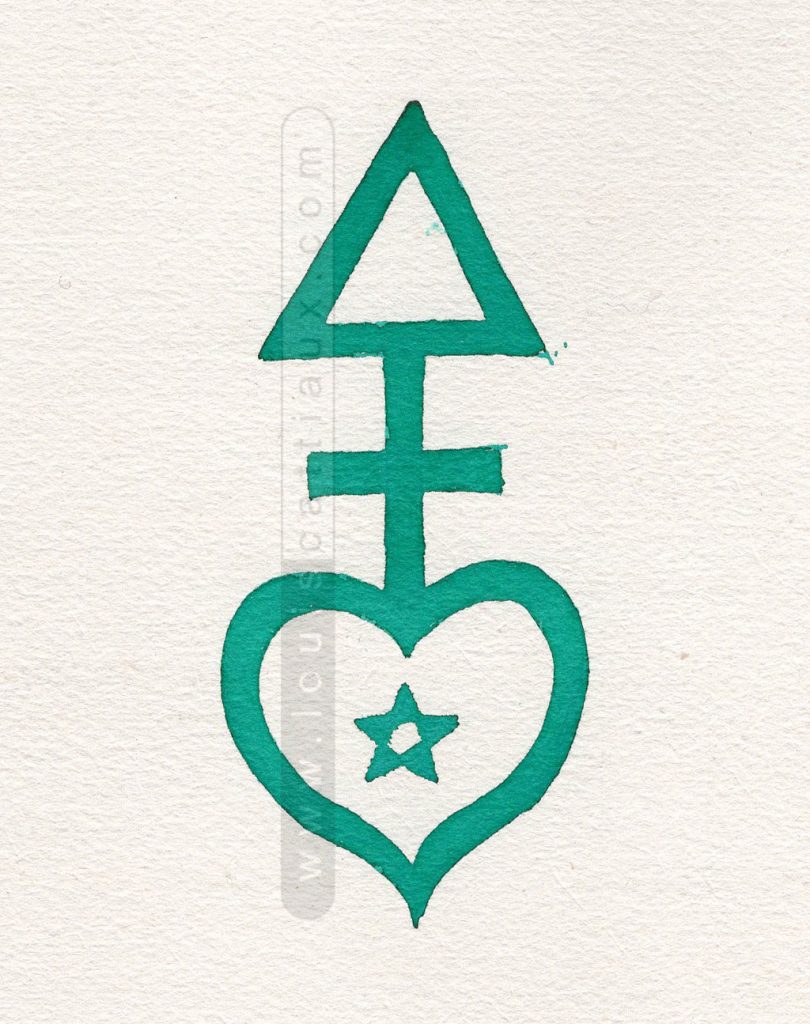Louis Cattiaux (1904 – 1953) corresponded with Gaston Chaissac (1910 – 1964)
The painter Gaston Chaissac (1910 – 1964) led a rather solitary life. Paradoxically, this did not prevent him from corresponding with countless people. For over twenty years, he wrote an average of four to five letters a day, addressing more than 170 identified penfriends (plus others), including about thirty «colleagues in painting». Among them was Louis Cattiaux, with whom he exchanged numerous letters between 1946 and 1953. During his lifetime, he experienced several periods of international fame, particularly in Germany, Italy, and the United States. The last exhibition of his works in Paris took place at the Jeu de Paume in 2000, while a retrospective was held in Grenoble in 2009. The majority of his work is now displayed at the Musée de l’Abbaye Sainte-Croix in Les Sables d’Olonne, Vendée (France).
Coming from a very modest family and having fragile health, Gaston Chaissac did not have an easy life. Lacking a certificate of studies, he started as a humble shoemaker and contracted the painting virus at a young age, which he practiced throughout his life as a perfect self-taught artist – like Cattiaux – and far from conventional paths.
He mainly lived in Paris and Vendée, where his wife worked as a teacher, allowing him to dedicate himself to his art. He once said of himself: «I am capable of doing things that not everyone can do; therefore, it is difficult for me to do what everyone can do.»
In 1942, he had the opportunity to stay in Saint Rémy de Provence and work in the studio of Albert Gleize, who had invited him there. In Paris, he exhibited in various galleries and salons, notably in 1944, like Cattiaux himself, at the Salon des Indépendants. Throughout the 1940s, he met, among other great painters and writers of his time, Jean Cocteau, André Lhote, Raymond Queneau, Jean Paulhan, Jean Dubuffet, André Breton, Aimé Maeght…
Like Cattiaux, Gaston Chaissac absolutely rejected the game of Parisian pictorialism, as much as he rejected academic conventions in artistic creation. Cattiaux, for his part, developed his own concepts in a treatise now published and titled «Physics and Metaphysics of painting».
He was also interested, in his own way, in spirituality and hermeticism, which were the foundations of Louis Cattiaux’s «Message Rediscovered» and the main sources of inspiration for his pictorial work.
Aesthetically, Chaissac claimed the art of rupture, a certain «art brut», a rural and rustic art, freed from tradition, using all kinds of materials: paper, slate, corrugated iron, wicker, tree stumps… His career saw alternating periods of prosperity and creativity, and others darker. In 1951, he published a collection of poems: «Hippobosque au bocage». From 1958 to 1960, he regularly contributed to the Nouvelle Revue Française of Jean Paulhan.
He died, worn down by anxiety and material difficulties, in 1964, about ten years after Cattiaux.




